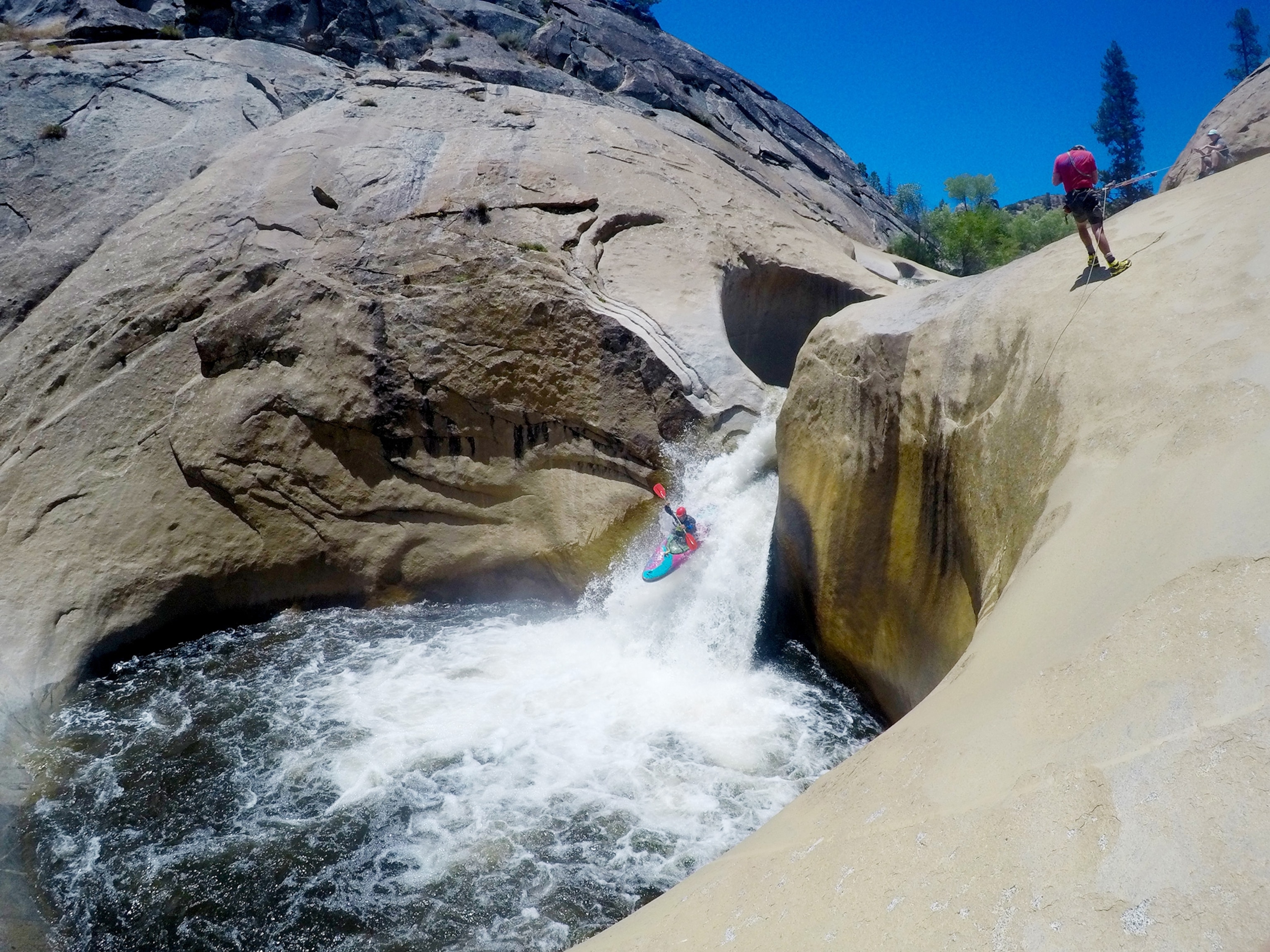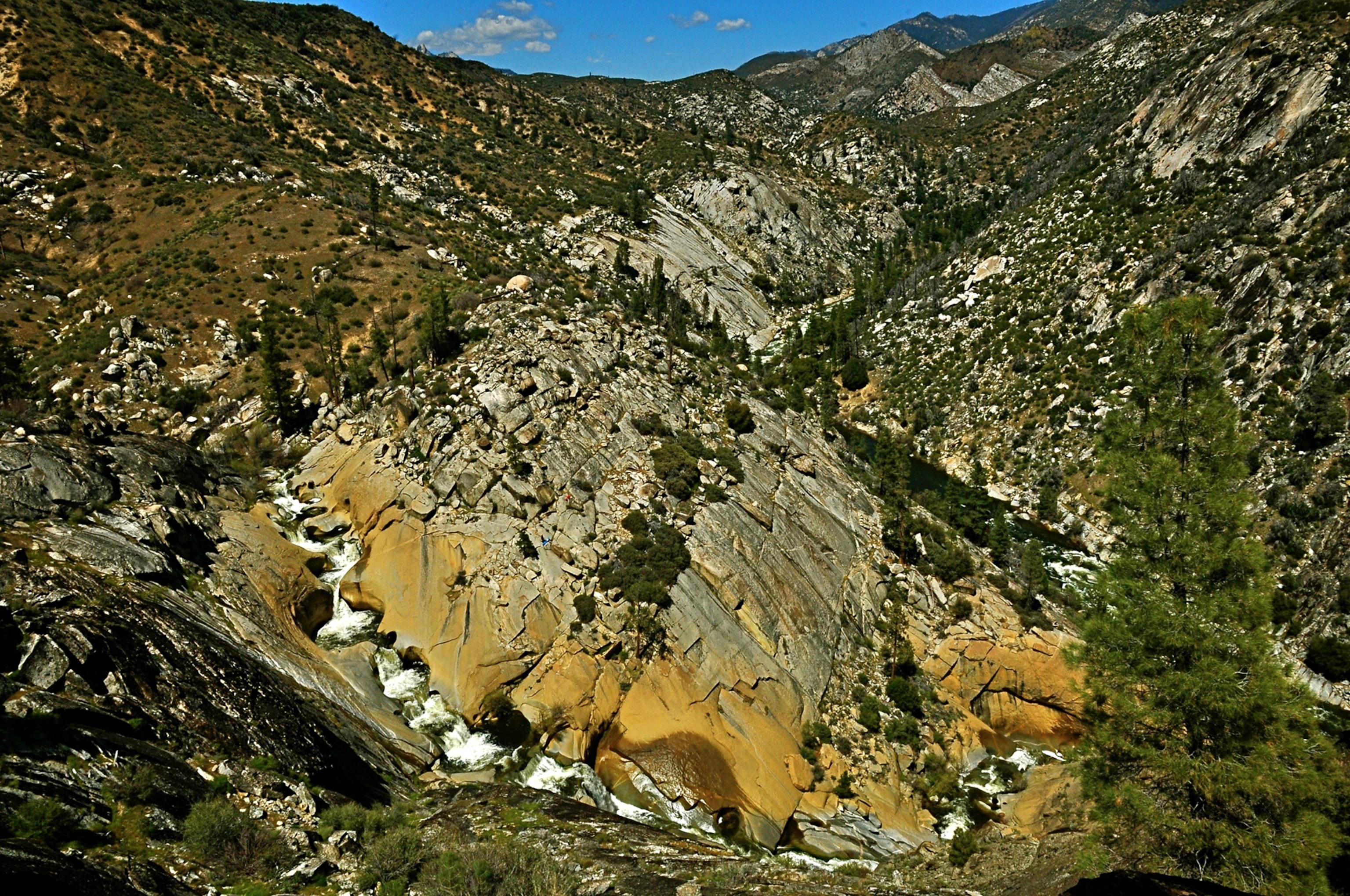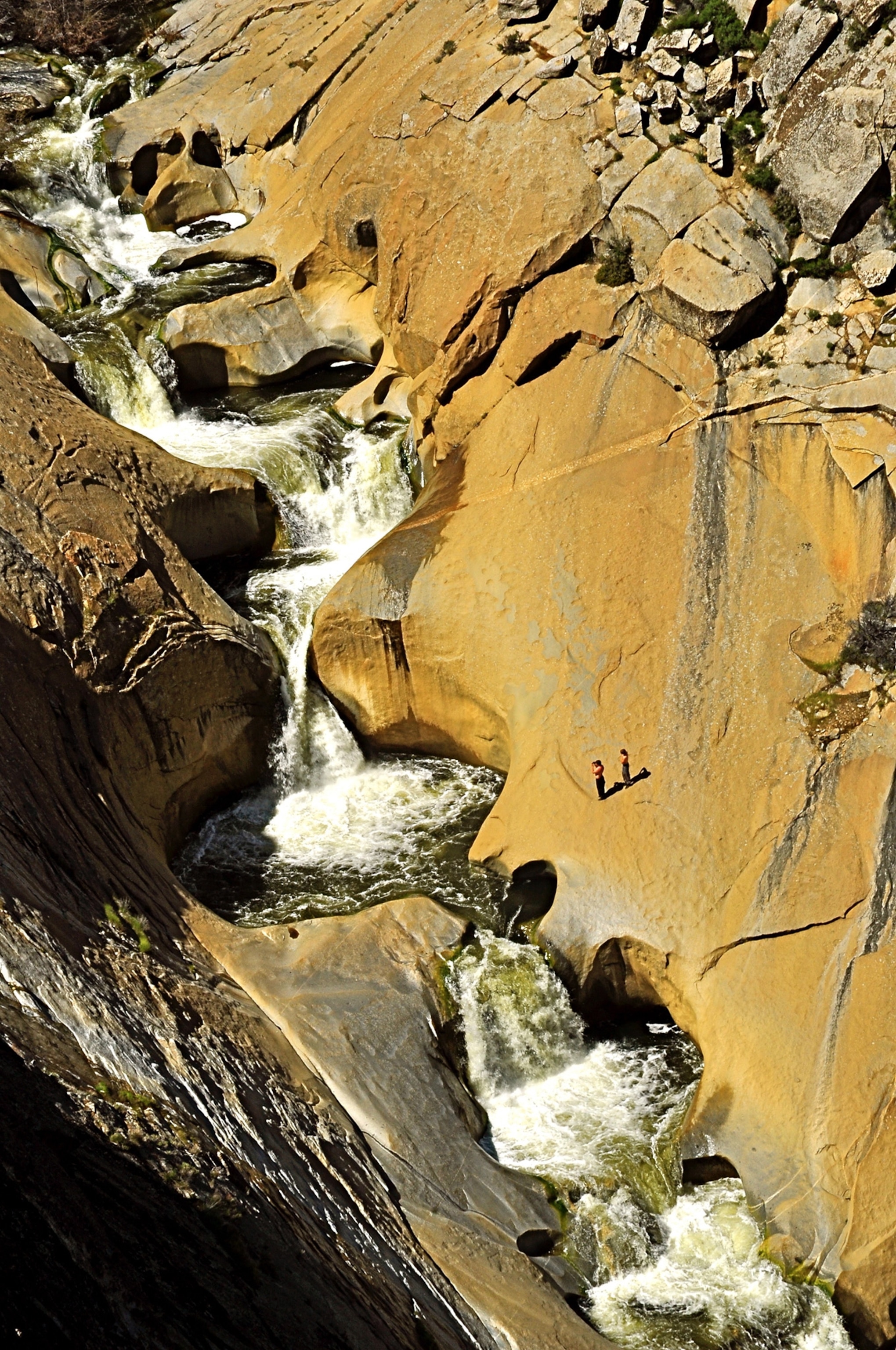Waterfalls are graceful monuments to nature's power. In each gentle curve and thrilling plunge, these watery edifices record the dynamic forces thought to be key players in their formation, allowing scientists to tease through the history of the surrounding landscape.
But now, a study published in Nature suggests a new mechanism for creating a waterfall that throws a wet blanket on some of geologists' long-held assumptions.
Until now, scientists largely reckoned that waterfall formation needed some type of external trigger acting on a river. Some waterfall-forming processes could be fast, like an earthquake shifting blocks of land to create a step over which water can fall. Others could be glacially slow, like sea-level changes or even different types of rock eroding away at different speeds.
However, the new work concludes that a dramatic change in the rock or external force isn't always necessary to create these dizzying cascades. Instead, the researchers suggest that a river's turbulence alone is enough to carve steep pitches in a uniform bed of rock, spontaneously forming a waterfall.
“This new formation mechanism really complicates our understanding of being able to use topography and the presence of waterfalls to solve for past changes in Earth history,” says study author Joel Scheingross, who completed this research as a doctoral student at the California Institute of Technology.
He cautions that the work is still preliminary and is limited to lab-based simulations. But he says it does call for a rethink of how scientists interpret the factors that sculpt landscapes.
“That to me is the golden internal message,” says Ben Crosby, a geomorphologist at Idaho State University who was not involved in the study. “It raises up a hand and says, Wait a minute, everybody. We can’t necessarily attribute these landforms to some external driver or some local driver; they can pop up all on their own.”

A river runs through it (in the lab)
By simulating rivers in the laboratory, scientists previously found that the water's motion could form undulating pools along its path. Some even proposed these pools could eventually become the starting point of waterfalls. Scheingross and his colleagues wanted to put this idea to the test.
The process is exceedingly slow in nature, with water shaving down the underlying rocks at just a fraction of the speed at which your fingernails can grow. So the researchers turned to a Pepto Bismol-pink polyurethane foam—similar to the foam florists use for flower arrangements—to model the system. It erodes quickly, but at a rate that's remarkably scalable to different types of rock.
“Instead of having to wait decades or millennia to run these experiments, we can run them on a timescale of a Ph.D. thesis and actually observe changes in the lab,” says Scheingross, who is now an assistant professor at the University of Nevada Reno.
The team set a flat surface of this foam in a flume that stretched 24 feet long and almost a foot across. The surface was tilted to a nearly 20-percent slope, and then the team flooded it with a stream of water and sediment. This grit was a key component to the formation of channels, Scheingross says, since sediments in flowing water act like sandpaper, grinding away layers of underlying rock.
Behind the falls
With the system flowing, the team waited and watched, pausing the water every so often to evaluate its effects. Within a few minutes, a half moon-shaped channel started to cut its way into the foam. Next, the surface started to undulate. Chutes and pools began taking shape, and that's where the waterfall magic began.
As the pools continued to deepen, the rushing waters eventually lingered in some places so much that the suspended gravel fell out of solution. This formed what Scheingross and his team call an armor layer—a covering of sediment or gravel that protected the soft foam in that pool from eroding away.
Eventually, sediment built up so much in the pool that it was no longer a water-filled pocket, but more of a gritty step that ferried both water and sediments over the lip. Without similar protection, the next pool down began to erode, forming a vertical wall between the two—and thus, a waterfall.
What's more, Crosby notes, these waterfalls lingered. Each lab-made cascade stuck around for about 20 minutes, a period of time that represents 10 to 10,000 years, according to the study.
Go chasing waterfalls
For now, there's no guarantee that this is happening the same way in nature. The researchers hope to do more experiments and identify characteristics that could help them find places in nature where this process might be at work.
And many scientists are already excited to go out and take a look.
“I think anybody who has spent time looking at a variety of field sites around the world may come up with places that this might be happening,” says river geomorphologist Ellen Wohl of Colorado State University. “I can think of one place right off the top of my head,” she says, pointing to the rugged Big Box Canyon of Arizona, an area popular for its waterfalls and swimming holes. The study authors also point to the plunge pools of the Seven Teacups in California as another candidate.
Overall, the study hints that these magnificent structures may still have some secrets. A slew of mechanisms could contribute to each waterfall's birth, notes Crosby, and scientists must consider this variety when using the features to interpret past landscape-sculpting events.
“Waterfalls are these messengers of change on landscapes,” Crosby says. “As an energetic point, they’re able to carry that message of change through watersheds. That’s why we give them so much attention as geomorphologists, and why taking pause at the attribution of that change is so important.”



































